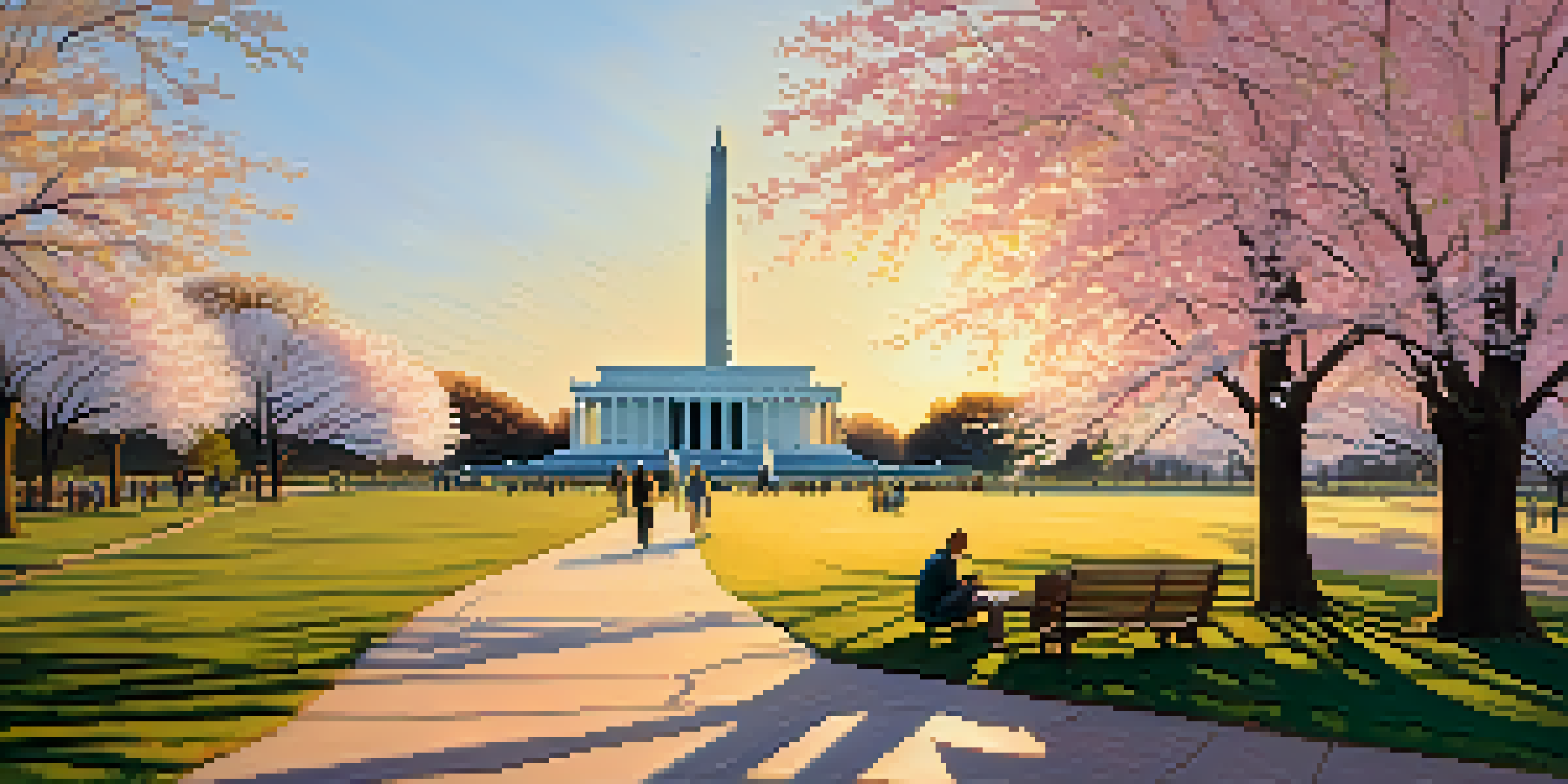Cultural Heritage Sites: A Window into Washington's Past

Understanding Cultural Heritage Sites in Washington
Cultural heritage sites serve as vital windows into a region's history, showcasing the stories, traditions, and significant events that shaped its identity. In Washington, these sites are not just remnants of the past; they are living testaments to the diverse cultures that have influenced the area over the centuries. From Native American heritage to colonial history, each site offers a glimpse into the unique tapestry that is Washington's cultural narrative.
The Role of Preservation in Cultural Heritage
Preservation is crucial for maintaining the integrity of cultural heritage sites. This involves implementing strategies to protect these locations from deterioration while also making them accessible for future generations. Organizations and local communities work together to ensure that the historical significance of these sites is not lost, allowing visitors to engage with and learn from their surroundings.
Cultural Sites Reflect Diverse History
Washington's cultural heritage sites showcase the rich tapestry of stories and traditions that have shaped the region's identity.
Exploring the National Mall: A Cultural Hub
The National Mall is often seen as the heart of Washington, D.C., and is home to numerous iconic monuments and memorials. This expansive park not only honors the nation's history but also reflects the diverse cultural heritage of its people. Visitors can explore landmarks like the Lincoln Memorial and the Vietnam Veterans Memorial, each telling poignant stories that resonate with the American experience.
Discovering the Rich History of Georgetown
Georgetown, one of Washington's oldest neighborhoods, offers a charming glimpse into the city’s colonial past. With its cobblestone streets and historic architecture, visitors can easily imagine life in the 18th century. Landmarks like the Old Stone House and the C&O Canal provide insight into the area's development and its role in trade and transportation.
Preservation Ensures Future Access
Preservation efforts are essential for maintaining the integrity of cultural heritage sites, allowing future generations to learn from them.
The Significance of the Smithsonian Museums
The Smithsonian museums are not just repositories of art and artifacts; they are crucial for understanding America's diverse cultural heritage. Each museum offers unique exhibitions that highlight different aspects of history, science, and culture, making them accessible to all. From the National Museum of African American History and Culture to the National Museum of the American Indian, these institutions celebrate the richness of various communities.
Exploring Native American Heritage Sites
Washington's cultural landscape is significantly shaped by Native American history, with several sites dedicated to preserving and honoring this heritage. Locations like the National Museum of the American Indian offer a deep dive into the traditions, stories, and contributions of Indigenous peoples. These sites not only educate visitors but also serve as platforms for Native voices and perspectives.
Festivals Celebrate Cultural Diversity
Cultural festivals in Washington, like the National Cherry Blossom Festival, play a vital role in celebrating and preserving the city's diverse heritage.
The Impact of Cultural Festivals on Heritage Preservation
Cultural festivals play a pivotal role in celebrating and preserving Washington's heritage. Events such as the National Cherry Blossom Festival and the Folklife Festival bring together diverse communities, showcasing their traditions and histories. These gatherings foster an appreciation for cultural diversity while promoting awareness of the importance of preserving historical sites.
Engaging with Washington's Heritage Through Tours
Guided tours are an excellent way to engage with Washington's cultural heritage, offering insights from knowledgeable guides. These tours often weave together stories from various sites, providing a comprehensive understanding of the city's history. Whether exploring the historic neighborhoods or visiting museums, tours make history come alive, allowing participants to connect with the past in meaningful ways.